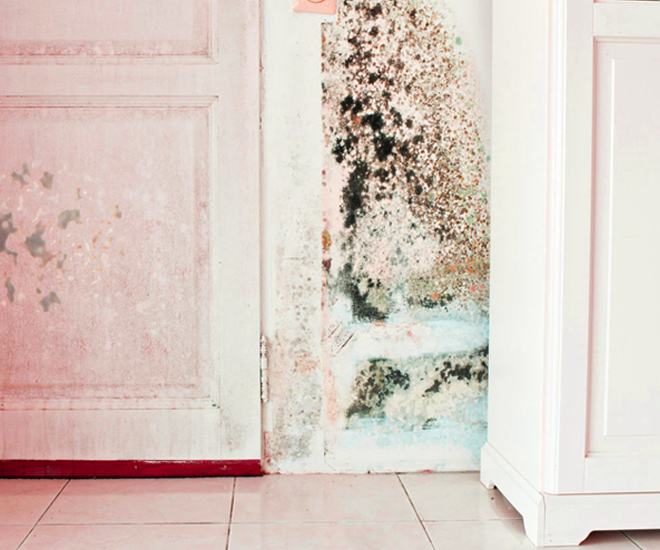Your Ultimate Guide to Article Mold And Mildew Remediation Techniques
Navigating the realm of post-mold remediation strategies is a thorough process that requires focus to information and an extensive understanding of the details included. In the consequences of mold and mildew infestation, knowing how to effectively get rid of the mold and mildew and stop its reoccurrence is paramount for keeping a healthy indoor atmosphere. From selecting the best cleaning and decontaminating techniques to carrying out methods for lasting mold and mildew prevention, each action in the removal trip plays a critical function in making sure an effective end result. As we get started on this exploration of post-mold removal methods, we will uncover the essential strategies and best practices that can assist you recover your area to its pre-mold problem and guard it against future mold and mildew threats.
Understanding Post-Mold Removal Process
After finishing the mold removal process, it is critical to recognize the post-mold removal methods that are needed to make sure a detailed and efficient clean-up. When the mold and mildew has actually been removed, the following step entails cleansing and sanitizing the influenced locations to prevent any regrowth of mold. This consists of using specialized cleansing agents to wipe down surface areas and kill any type of staying mold and mildew spores. It is necessary to dry the area entirely to discourage the growth of mold and mildew in the future (Post Mold Remediation). Proper ventilation and dehumidification can aid in this procedure.
Furthermore, performing a final evaluation post-remediation is crucial to guarantee that all mold and mildew has actually been successfully eliminated. If the inspection exposes any type of lingering mold, added removal may be needed.
Reliable Cleaning and Disinfecting Techniques

Protecting Against Future Mold And Mildew Growth

Importance of Proper Air Flow
Proper air flow plays a critical function in avoiding dampness accumulation, an essential element in mold and mildew development within interior atmospheres. Effective air flow systems assist eliminate excess humidity from the air, lowering the possibilities of mold spores finding the moisture they require to spread out and sprout. Without sufficient ventilation, interior rooms can become a breeding place for mold and mildew, leading to possible wellness threats and structural damages.
By making certain correct air flow, air flow systems can additionally assist in drying out wet areas faster after water damages or flooding incidents, better hindering mold development. After mold remediation. In areas like washrooms, cellars, cooking areas, and attic rooms where dampness degrees tend to be higher, setting up and preserving reliable ventilation systems is important in stopping mold infestations

Surveillance and Upkeep Tips
Offered the important function that proper air flow plays in stopping mold and mildew growth, it is necessary to develop efficient tracking and maintenance suggestions to guarantee the continued functionality of ventilation systems. Surveillance moisture degrees within the property is likewise important, as high humidity can add to his comment is here mold and mildew development. By remaining positive and conscientious to the condition of ventilation systems, building proprietors can properly mitigate the danger of mold and mildew regrowth and keep a healthy indoor setting.
Conclusion
To conclude, post-mold remediation strategies are important for ensuring a clean and secure setting. Understanding the procedure, applying effective cleansing and decontaminating methods, stopping future mold and mildew development, preserving correct ventilation, and normal surveillance are all vital actions in the remediation process. By complying with these guidelines, you can effectively remove mold and mildew and stop its return, advertising a healthy living or working area for all occupants.
In the aftermath of mold and mildew infestation, recognizing exactly how to effectively remove the click for info mold and mildew and prevent its reoccurrence is extremely important for maintaining a healthy and balanced indoor setting. As soon as the mold has actually been removed, the following action entails cleaning and sanitizing the influenced areas to stop any regrowth of mold - Post Mold remediation cleaning. After removing noticeable mold and mildew development, it is crucial to clean up all surface areas in the afflicted area to remove any kind of continuing to be mold and mildew spores. To better enhance mold prevention steps, it is necessary to resolve underlying concerns that at first led to mold advancement.Provided the critical function that appropriate air flow plays in protecting against mold and mildew development, it is critical to establish effective monitoring and upkeep pointers to make sure the continued capability of ventilation systems